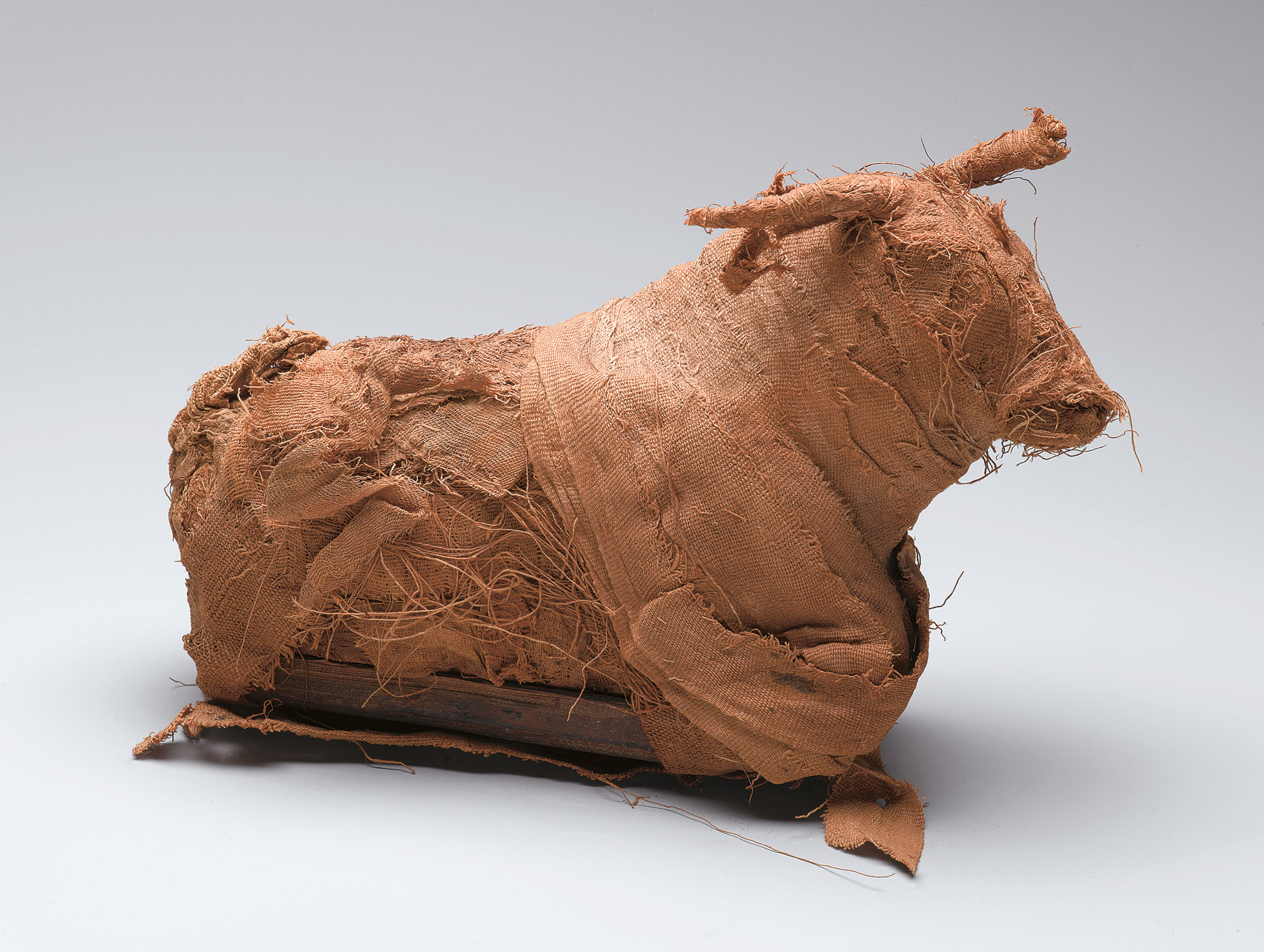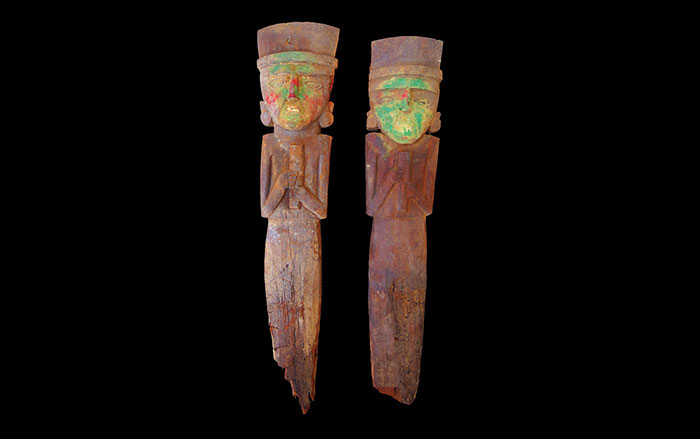
ESSEX, ENGLAND—The Guardian reports that climate change has brought ship-boring organisms to live in the warmer waters of the Thames, and they are damaging the London, a seventeenth-century vessel that had been well protected in the river’s thick silt. “It’s rare for wooden shipwrecks of this age and older to survive to this extent,” said Mark Dunkley, a marine archaeologist at English Heritage. The wooden ship was part of a convoy that transported Charles II to England from the Netherlands after the death of Oliver Cromwell in 1658. A gunpowder explosion sank the London in 1665, an event that killed 300 people. Rescue divers carrying out emergency excavations at the site have recovered leather shoes, a bronze signet ring, clay pipes, navigational dividers, buckets, pots and cooking utensils, door latches, an anchor cable, and cannonballs, despite the poor visibility and strong currents.










